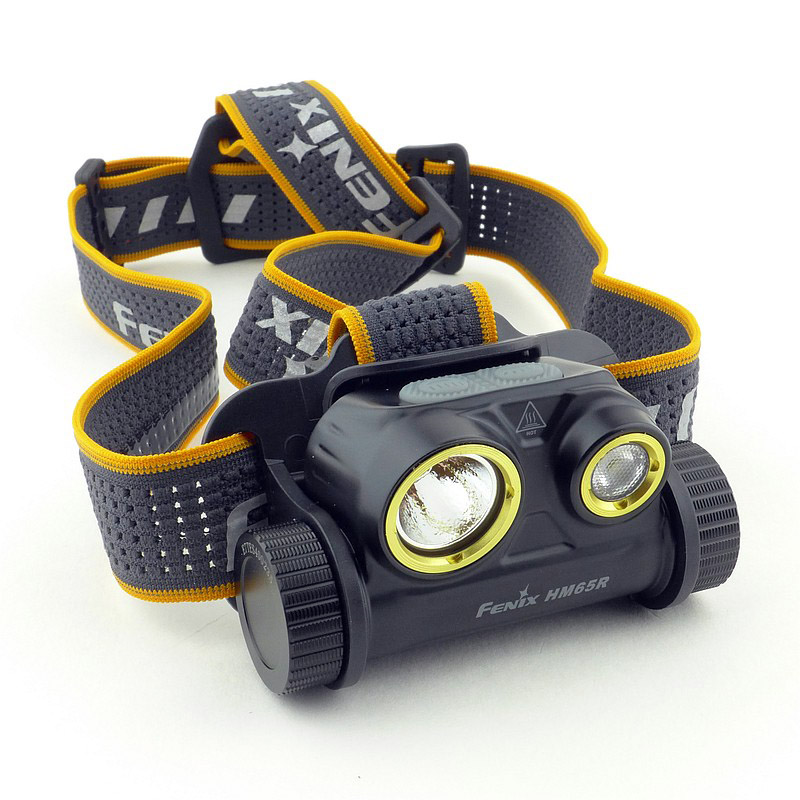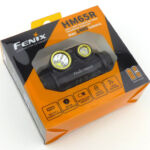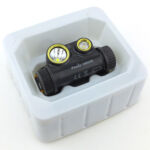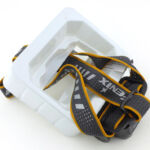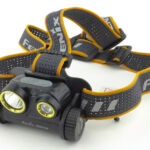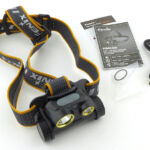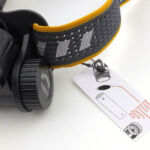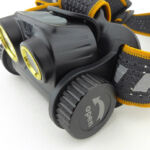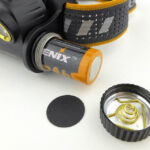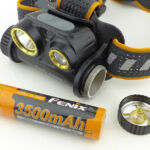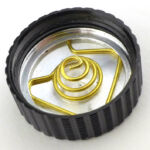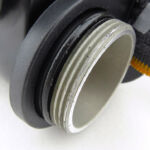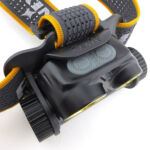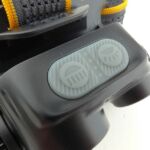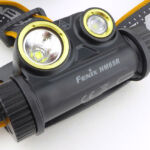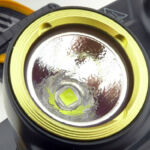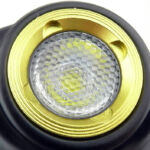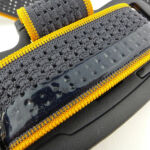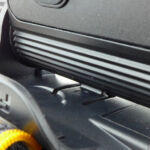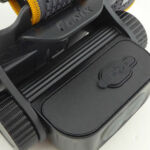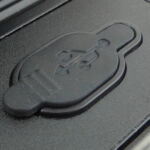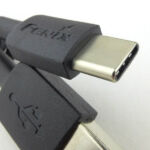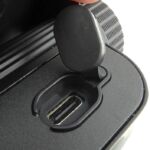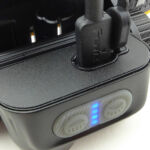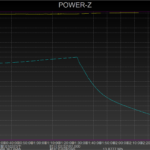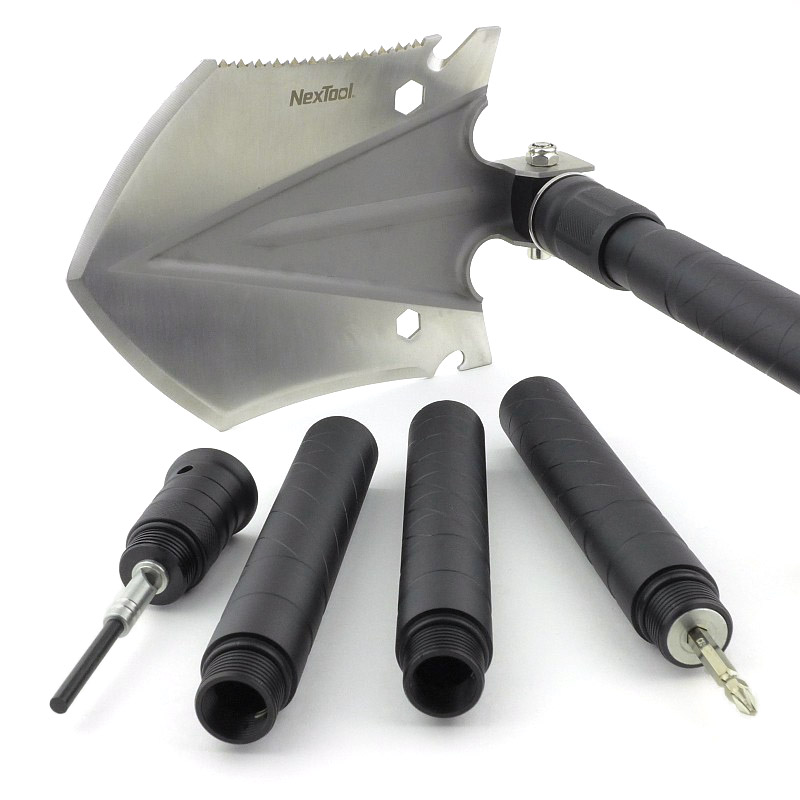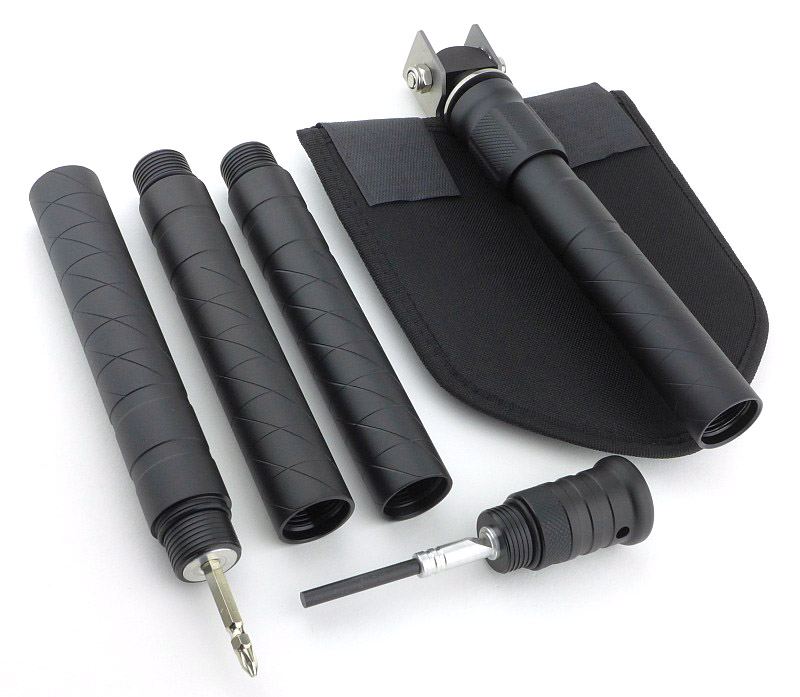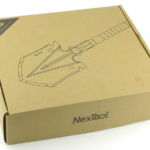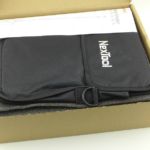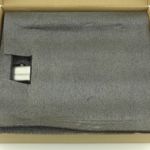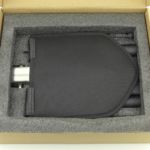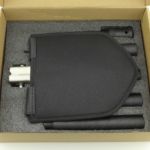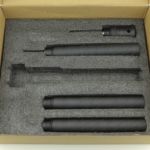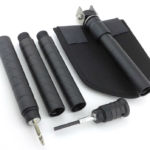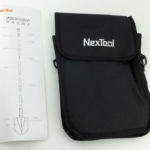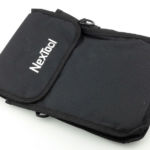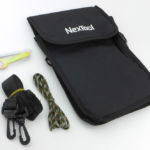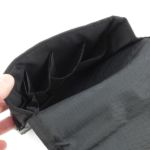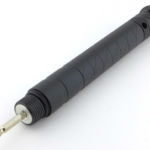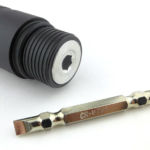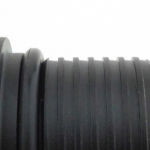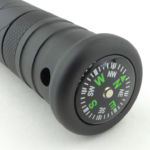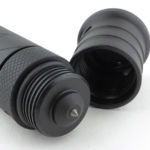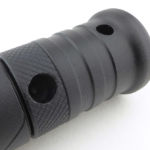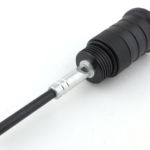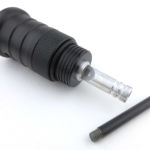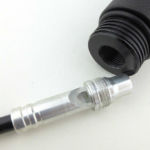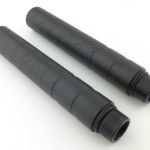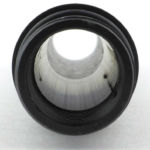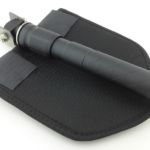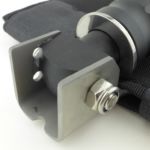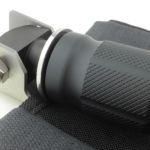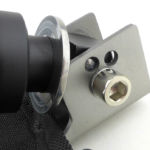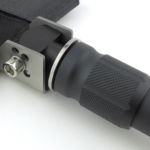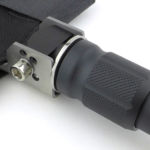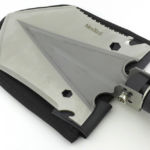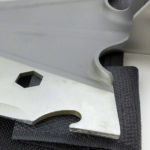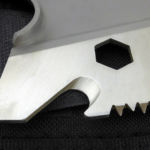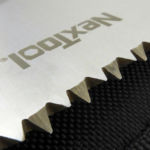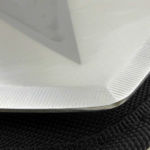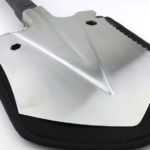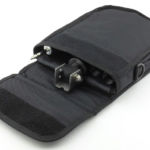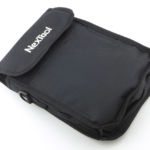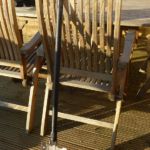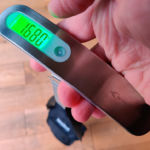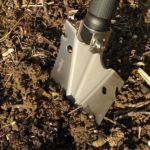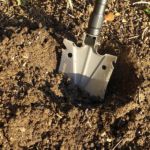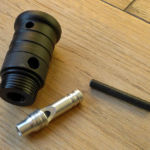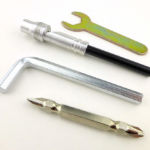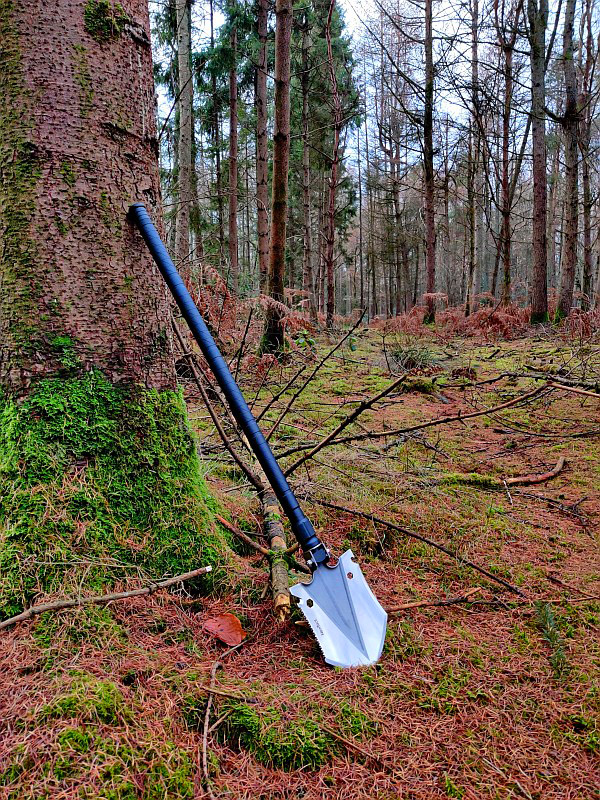With the HM65R, Fenix have fitted in so much, but have kept this headlamp small and light enough that you don’t have to think twice about taking it with you on any adventure (or even just taking out the rubbish).
The 18650 li-ion cell used to be the ‘enthusiast’s choice’, being unfamiliar to many users, even more so when strapped to your forehead – not any longer. The Fenix HM65R comes with a high capacity 3500mAh 18650 cell, and there is a built in USB-C charging port. The ONLY thing you need is a USB charger of some kind to open the door to this powerful and capable light.
Join me in this review of the Fenix HM65R to take a look at all the details and how it performs.
What is in the box?:
For maximum stability the HM65R has a top strap, and the full head strap comes assembled and neatly tucked away in the packaging.
A good look round the HM65R – Things to look out for here are:
I’m splitting this detailed set of photos into two galleries for a more manageable tour of the HM65R. The HM65R is almost ready to go out of the packaging, but first you need to remove a small insulator that keeps the battery from running down or the HM65R from being turned on accidentally. From the appearance of the threads of the battery tube, you can see that this is made of magnesium, a material chosen by Fenix to shave off a few more grams of weight.
Taking in more details:
First up in this gallery are the twin lenses – the larger spot emitter with clear lens, and the smaller flood emitter with honeycomb type diffuser lens.
For a more stable fit to your head, the inside of the front part of the headband strap has a grippy strip. Flipping the HM65R forwards gives access to the USB-C charging port and shows the angle adjustment mechanism.
The beam:
Please be careful not to judge tint based on images you see on a computer screen. Unless properly calibrated, the screen itself will change the perceived tint.
The indoor beamshot is intended to give an idea of the beam shape/quality rather than tint. All beamshots are taken using daylight white balance. The woodwork (stairs and skirting) are painted Farrow & Ball “Off-White”, and the walls are a light sandy colour called ‘String’ again by Farrow & Ball. I don’t actually have a ‘white wall’ in the house to use for this, and my wife won’t have one!
For both indoor and outdoor beamshots, the individual spot and flood beams are shown, then (as both can be turned on at the same time) the combined beam. Each of the photos in the set of three is at the same exposure and white balance.
Batteries and output:
The HM65R runs on a supplied 3500mAh 18650 Fenix li-ion cell.
Please note, all quoted lumen figures are from a DIY integrating sphere, and according to ANSI standards. Although every effort is made to give as accurate a result as possible, they should be taken as an estimate only. The results can be used to compare outputs in this review and others I have published.

Take note of the very good (low) parasitic drain measurement.
Also shown in this gallery is a charging graph for the built in USB-C charging. Although USB-C is capable of up to 3A, the HM65R seems to top-out at about 1.4A when charging.
The HM65R in use:
Straight off the bat, the HM65R makes itself a success with the stable and comfortable head strap (with top strap), and the choice of spot or flood beams (or both combined). Then, in using the high capacity 18650, you get a great runtime and powerful output (yet without too much weight), and the built in USB-C charging means you actually don’t need anything else – The HM65R is a complete kit.
There is one thing missing for me though, and that is a very low output. Even 9 lm, and even with this being on the flood beam, it is still too bright for dark adapted eyes. Frequently when I’m using headlamps, I will have dark adapted eyes (waking from sleep, or when I don’t want to disturb others); if only Fenix could squeeze in that lower mode, a sub 1 lm mode for both spot and flood output, it would make the HM65R a fantastic all-rounder.
If you want to go full blast, then your wish is the HM65R’s command – perfect visibility.

It is very helpful having the quick charge level gauge, with just a click letting you see if you will want to top up the battery.
Having used many Fenix headlamps over the years, and many competitors headlamps too, the HM65R definitely goes down as a choice for Pro users. I use the term ‘Pro’ to indicate this is a serious tool, capable of hard work, versatile and something worth investing in.
Review Summary
The views expressed in this summary table are from the point of view of the reviewer’s personal use. I am not a member of the armed forces and cannot comment on its use beyond that covered in the review.
Something that might be a ‘pro’ for one user can be a ‘con’ for another, so the comments are categorised based on my requirements. You should consider all points and if they could be beneficial to you.
_______________________________________________
What doesn’t work so well for me
_______________________________________________
Lacking a sub-lumen output level.
USB-C charging limited to 1.4A.
_______________________________________________
Things I like
_______________________________________________
Independently switch-able Spot and Flood beams.
Stable and comfortable head mount with top strap.
High capacity 18650 cell included.
Built in USB-C charging.
Very low (negligible) parasitic drain.
Nearly 1400 lm combined beam output.
Light weight.

